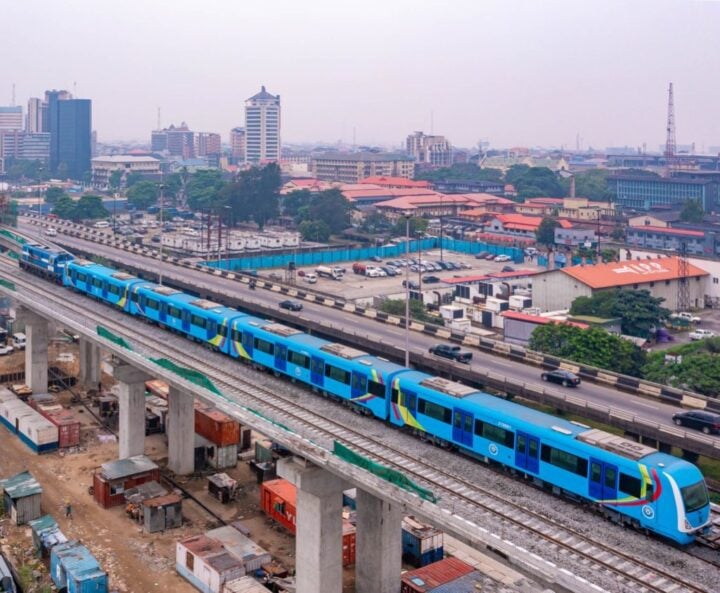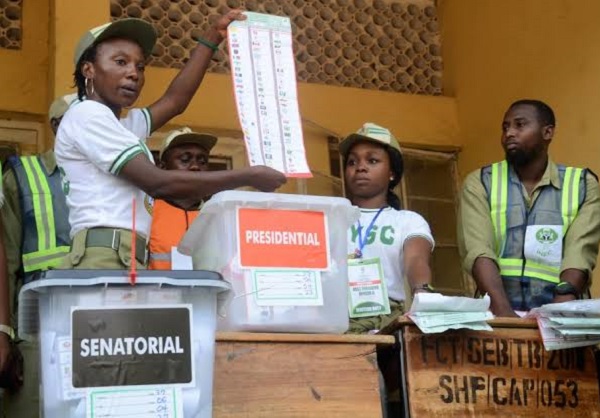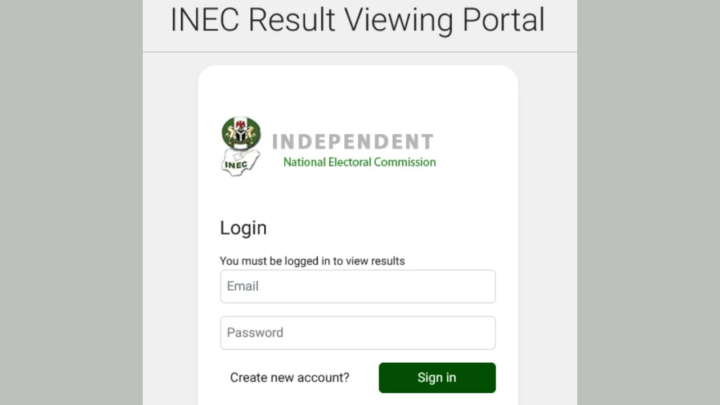File photo of the Lagos blue line rail
BY AKEEM LASISI
The empires of the future are empires of the mind – Winston Churchill
On the 21st of December 2022, history was made as the sixth civilian governor of Lagos State, Mr Babajide Olusola Sanwo-Olu inaugurated the much anticipated first phase of the 27km Lagos Blue Line rail. This milestone project with a history that dates to the aborted Third Republic confirms the nexus between vision and continuity.
Like history that connects the past with the present, let’s go down memory lane to see how the mass transit project moved from conception to actualisation. In the first year in office of the first civilian governor of Lagos State, Alhaji Lateef Jakande, the state government placed an international advert asking manufacturing companies with expertise in rail infrastructure to submit a proposal for the building of a metro line. The project became imperative because of the determination of the government of the day to solve the bottlenecks created by the fast-increasing population, as well as create jobs for the youths.
Advertisement
Expectations were high when eventually the state government signed an agreement with INTERINFA, a consortium of 19 French companies to embark on the rail project. Lagos was said to be headed on a path that would successfully address the chaotic traffic that was becoming a signature of the city. The N700 million project, which was to be completed in two years, would fast-track development in transportation and create ease of doing business for Lagosians who go from one point of the metropolis to the other.
The metro line was designed to have 30 trains each running 28.5km on raised concrete tracks from Marina to Agege. The 30 trains were expected to carry 88,000 passengers per hour from one end and back. Its execution was meant to be in two phases: the first from the Marina to Yaba; the second, from Agege to Yaba through Oregun and Ikorodu road. The two sections were to have 19 stations with two platforms.
Unfortunately, unhealthy politicking and the military incursion into democratic governance stalled the project, as the Shehu Shagari-led Federal Government under the defunct National Party of Nigeria (NPN) was said to be unenthusiastic about the project and failed to provide the required guarantee for the project.
Advertisement
Also, the military administrator that took over from Jakande at that time, Air Commodore Gbolahan Mudasiru, who was favourably disposed to the project after the committees he set up to review it had recommended its continuation, made a volte-face when a superior authority ordered the cancellation of the project.
Years after, the former civilian governor, Jakande bored his mind on the project “Reflecting on the metro-line project, I think it is a major disservice to many Nigerians. Imagine how many people would have benefitted. It would have made life easier and changed the face of transport in Lagos. Whoever cancelled it or gave the advice towards its cancellation didn’t do right”.
The cancellation of the metro line contract between the Lagos State Government and the French consortium came at a price estimated to be around $78 million, a little less than the actual contract sum which is around $85 million.
Successive military governors did not revisit the metro line project as they only focused on road transportation by providing mass transit buses under the Lagos State Transport Service. And there was little or no investment in water or rail transport system, neglecting the fact that the state population was growing at a pace that required a commensurate transportation strategy.
Advertisement
After 16 years of military interregnum bar the 22 months Sir Michael Otedola served as a democratically elected governor of the state. Senator Bola Ahmed Tinubu was elected governor in 1999 at the return of democratic governance. When Tinubu, the visioner of a greater Lagos, became the governor in May 1999, he inherited what amounted to a nearly failed state. At that time, the traffic congestion the metro line proposed by the Jakande administration was meant to address had defied several measures introduced by preceding governments as more people continue to troop to Lagos, the nation’s commercial capital, in search of opportunities.
In 2002, the Tinubu administration created the Lagos Metropolitan Area Transport Authority (LAMATA), signalling its intention to re-orient the way in which transport services were managed and implemented. LAMATA is responsible for the formulation, coordination, and implementation of urban transport policies and programmes. LAMATA designed a 30-year Strategic Transport Master Plan (STMP) after a series of intensive research on the future of transportation demand of Lagos as one of the world’s fastest-growing megacities. The STMP captures extensively the future of transportation in the state through an integrated Mass Transit Programme for road, rail, and water transport service, and effective traffic management.
By the time Tinubu was rounding off his tenure in office in 2007 and handing over to his successor, who was his Chief of Staff, Mr Babatunde Raji Fashola SAN, a pilot scheme of the Bus Rapid Transport (BRT) and ferry services had commenced for road and water transportation. Fashola continued the implementation of the STMP by expanding the BRT scheme through the creation of special corridors to cover the various divisions of the state, while the ferry service got attention through investment in waterways. But it was obvious at a point that the state would need to complement its multi-modal transportation with a light rail project in order to ameliorate the attendant traffic challenge in the state.
Sometime in 2010, Fashola made an audacious move to launch the Lagos light rail project which covers a network of seven major corridors of high commuter traffic demand within and beyond the metropolitan Lagos, extending to the border area of Ogun State. Starting with the Blue Line, which is a 27km corridor covering Marina on Lagos Island to Okokomaiko, the construction was divided into phases for ease of implementation with the expectation that more than 500,000 passengers will be moved when the entire line is completed. The rail system will be powered by electricity from an independent power plant to be purposely built for its operation.
Advertisement
After the contractual signing with China Civil Engineering Construction Corporation (CCECC), the construction of the first phase of the Blue Line project – a 13-kilometer stretch from Marina to Mile 2 with five stations at Mile 2, Suru-Alaba, Orile Iganmu, National Theatre, and Marina – began through an internally generated revenue finance model.
Although the first phase of the project was expected to be completed in two years, but funding challenges delayed that phase which made the Fashola administration to leave the completion to the next administration headed by Governor Akinwunmi Ambode in 2015.
Advertisement
Fast forward to 2019 when Sanwo-Olu, another Asiwaju Bola Ahmed Tinubu disciple assumed office as governor, he made the completion of the phase of the Blue Line rail project a priority. As an investment banker and an integral member of the team that designed most of Lagos governance policies since 2003, he could easily connect with the vision of a greater Lagos. Along with his team, they designed a window of funding through three financial institutions – Access Bank, Fidelity Bank, and Sterling Bank with the support of the apex bank, the Central bank of Nigeria.
The result of that move culminated in the completion of the first phase of the Blue Line rail, signposting the essence of continuity and unity of purpose in actualising vision. Sanwo-Olu already announced that the second phase of the project, which is from Mile 2 to Okokomaiko, is beginning in earnest, while the construction of the Red Line rail project is also ongoing.
Advertisement
If that is not the power of visionary leadership, then tell me, what is?
Advertisement
Views expressed by contributors are strictly personal and not of TheCable.
Add a comment






